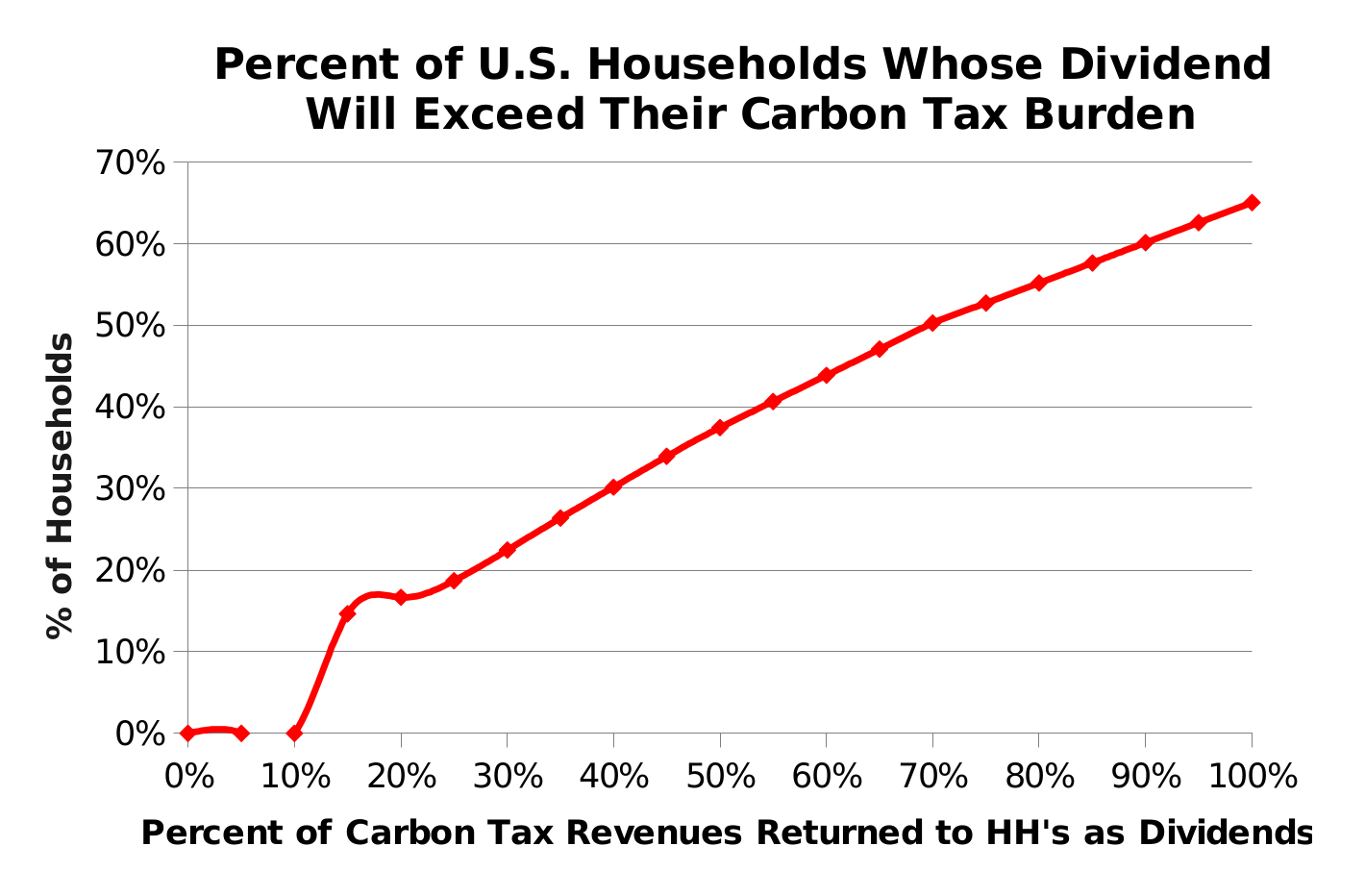Investing in the stock market can be a lucrative way to grow your wealth, but it requires careful planning and strategy. One approach that savvy investors employ is the dividend capture strategy.
In this article, we will explore what the dividend capture strategy entails, its real-world examples, tax implications, potential risks, benefits, and how to implement it successfully.
What is the Dividend Capture Strategy?
The dividend capture strategy is an investment technique that allows investors to profit from regular dividends paid by stocks.
Unlike traditional long-term investing, where investors hold onto their stocks for extended periods, the dividend capture strategy involves strategically buying shares shortly before the ex-dividend date and selling them shortly after receiving the dividend payment.
This strategy aims to take advantage of the predictable price movements surrounding dividend payments. By purchasing shares just before the ex-dividend date, investors become eligible to receive the upcoming dividend. Once they have received the dividend payment, they sell their shares at an opportune time.
Let’s consider an example to understand how this strategy works in practice. Suppose a company XYZ pays a quarterly dividend of $1 per share on June 1st to all shareholders on record as of May 15th (the ex-dividend date).
An investor employing the dividend capture strategy would purchase XYZ shares just before May 15th to qualify for the upcoming dividend payment. Once they receive the dividend on June 1st, they sell their shares at an opportune time.
The key principle behind this strategy is to capture dividends while minimizing exposure to stock price fluctuations. By focusing on short-term gains from dividends rather than long-term capital appreciation, investors can potentially generate consistent income streams.
It’s important to note that successfully implementing the dividend capture strategy requires careful research and timing. Investors need to identify companies with reliable and attractive dividend payouts and carefully analyze market conditions to determine optimal entry and exit points.
Overall, the dividend capture strategy offers an alternative approach for investors looking to generate income from their investments. While it may not be suitable for all investors or market conditions, it can be a valuable tool when executed with precision and expertise.
Real-World Example
Dividend capture strategies can be a powerful tool for investors seeking to maximize their returns. To illustrate the effectiveness of this approach, let’s dive into a real-world example featuring Company ABC, a company known for its consistent dividend payments and stable share price.
In this case study, an astute investor recognized the potential of implementing a dividend capture strategy with Company ABC. The first step in their journey towards success was conducting thorough research. They meticulously analyzed the company’s financials and evaluated its track record of reliable dividend payouts.
This careful examination ensured that they selected a stock with a proven history of consistent dividends – an essential factor for the success of any dividend capture strategy.
Timing also played a crucial role in the investor’s triumph. By carefully pinpointing the ex-dividend date, they strategically timed their purchase to maximize their chances of receiving the upcoming dividend payment. This precise timing allowed them to capture the dividend and potentially generate additional income from their investment.
It is worth emphasizing that successful implementation of a dividend capture strategy requires attention to detail and meticulous planning. Investors must thoroughly understand key factors such as ex-dividend dates, dividend yield, and market trends to make informed decisions.
By combining comprehensive research with strategic timing, investors increase their likelihood of achieving positive outcomes when employing such strategies.
Overall, this real-world example demonstrates how effective dividend capture strategies can be when implemented prudently. By selecting reliable stocks and carefully timing their investments around ex-dividend dates, investors can enhance their returns and potentially generate additional income from their portfolios.
| Factors Contributing to Success |
|---|
| 1. Thorough research on Company ABC’s financials |
| 2. Evaluation of track record for consistent dividends |
| 3. Strategic timing based on ex-dividend dates |
Tax Implications of Dividend Capture Strategies
Dividend capture strategies can be an effective way for investors to generate additional income from their investments. However, before implementing such strategies, it is essential to consider the tax implications that may arise. Dividends are subject to different tax rates depending on whether they are classified as qualified or non-qualified.
Qualified dividends enjoy the benefit of lower capital gains rates when it comes to taxation. These dividends are typically paid by domestic corporations or qualifying foreign corporations and meet specific holding period requirements.
The favorable tax treatment of qualified dividends means that investors can potentially pay less in taxes on these types of dividend income.
On the other hand, non-qualified dividends are treated as ordinary income and taxed accordingly. These dividends often come from sources like real estate investment trusts (REITs), master limited partnerships (MLPs), or certain foreign corporations that do not meet the requirements for qualified dividend status.
Non-qualified dividends are subject to higher tax rates, aligning with an investor’s regular income tax bracket.
It is crucial for investors considering dividend capture strategies to consult with a tax professional before proceeding. Each individual’s tax situation is unique, and understanding their specific obligations will ensure compliance with applicable laws and regulations.
By seeking expert advice, investors can make informed decisions about their dividend capture strategy while optimizing their overall financial outcomes.
In summary, understanding the tax implications of dividend capture strategies is vital for investors looking to maximize their returns while minimizing their tax liabilities. Qualified dividends enjoy lower capital gains rates, while non-qualified dividends are treated as ordinary income and taxed accordingly.
Consulting with a tax professional ensures accurate assessment of individual obligations and helps navigate the complexities of implementing such strategies successfully.
Risks of the Dividend Capture Strategy
While the dividend capture strategy can be profitable, it is crucial to be aware of the potential risks associated with this approach. One significant risk is market volatility, which refers to sudden and unpredictable fluctuations in stock prices.
This volatility can have a direct impact on the success of dividend capture strategies, as it may lead to unfavorable stock prices when shares are sold after receiving the dividend.
Another risk to consider is the lack of diversification that comes with focusing solely on dividend capture strategies. By concentrating all investments in stocks that offer high dividends, investors may inadvertently create an imbalanced portfolio.
This lack of diversification increases vulnerability to market downturns and leaves investors exposed to more significant losses if those specific stocks perform poorly.
To mitigate these risks, investors must carefully analyze market volatility before implementing a dividend capture strategy. Keeping a close eye on market trends and conducting thorough research allows investors to make informed decisions and anticipate potential challenges.
It is important for investors to understand how market fluctuations can impact their chosen stocks and adjust their strategy accordingly.
By continuously monitoring market conditions and staying well-informed about individual companies’ financial health, investors can better position themselves to navigate the risks associated with dividend capture strategies.
Additionally, having a diversified portfolio that includes various types of investments can help mitigate some of the vulnerabilities inherent in this strategy.
In summary, while the dividend capture strategy presents opportunities for profit, it also carries certain risks that should not be overlooked. Market volatility and lack of diversification pose challenges that require careful consideration and proactive risk management.
By approaching this strategy with caution, conducting thorough research, and maintaining a diversified portfolio, investors can maximize their chances of success while minimizing potential downsides.
Benefits of the Dividend Capture Strategy
Implementing a dividend capture strategy offers several advantages for investors. By strategically investing in dividend-paying stocks, individuals can generate a steady stream of income from recurring dividends. This regular income provides a reliable source of cash flow.
Additionally, investors may benefit from potential capital gains if the stock price appreciates during their holding period. This price appreciation can result in additional profits when selling the shares at a higher value than their initial purchase price.
Furthermore, implementing a dividend capture strategy allows investors to take advantage of the compounding effect. By reinvesting received dividends back into more dividend-paying stocks, individuals can potentially earn higher returns over time, accelerating wealth accumulation.
The flexibility of this strategy is another benefit. Investors have the freedom to choose their own investment horizon based on their financial goals and risk tolerance. They can opt for short-term investments or take a longer-term approach, tailoring the strategy to their preferences.
Moreover, utilizing a dividend capture strategy serves as a hedge against market volatility. While stock prices may fluctuate due to market conditions or economic uncertainties, dividends tend to be more stable and predictable.
This stability helps minimize the impact of market downturns and generates consistent returns regardless of broader market conditions.
Lastly, implementing a dividend capture strategy encourages disciplined investing habits. It requires thorough research and analysis before selecting suitable dividend-paying stocks for the portfolio. This process enhances financial literacy and promotes long-term investment discipline.
In summary, implementing a dividend capture strategy provides investors with regular income, potential capital gains, compounding effects, flexibility in investment horizon, stability against market volatility, and encourages disciplined investing habits.
These benefits help optimize investment performance and contribute to achieving long-term financial goals.
How to Implement a Successful Dividend Capture Strategy
To implement a successful dividend capture strategy, you need to select appropriate stocks and time your trades effectively. Start by researching companies’ financials and dividend history to identify those with consistent payments. Evaluate their sustainability by assessing financial health and growth prospects.
Stay informed about ex-dividend dates for timing purchases. Implement a disciplined approach to buying and selling stocks, setting clear criteria to avoid emotional decisions that may compromise success. By following these steps, you can increase your chances of implementing a successful dividend capture strategy.
Conclusion: Is the Dividend Capture Strategy Right for You?
[lyte id=’rjiewCnTSvc’]



.jpg)


